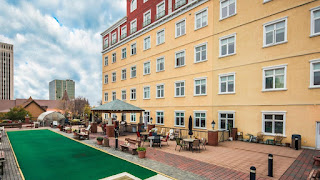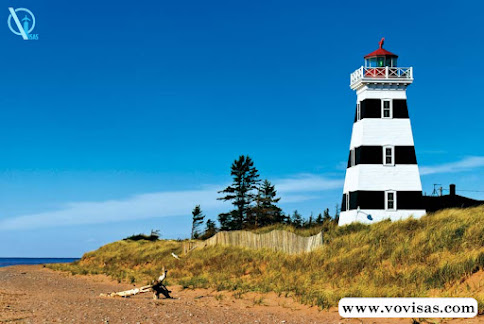Canada immigration is seeing a lot of changes
Canada immigration
is seeing a lot of changes. There was a time, when immigration process was done
based on first come first service basis. However, since the time Express Entry Program has been initiated and since the
introduction of Expression of Interest, the applications are subject to
granting of score, based on which the profiles are ranked and only the top
ranked profiles are considered for further processing.
It could be
challenging for the first timers to apply as it might seem overwhelming. It
requires time, money and effort to apply for immigrations and a lot of
dedication towards the same. With EOI system in place, the number of rejections
has also increased. There is a higher risk for independent applicants to get
rejected due to minor flaws in the application process. To ensure you reach
your goal of achieving Canada PR in the right manner, it is important that you take
the right path without many flinches in the same.
When examining the distribution of people who applied through the Express Entry system, Indians accounted for almost half of the principal applicants who were invited to apply for permanent residence between 2017 and 2019. By comparison, only 7 per cent of invitations were issued to immigrants from Nigeria and China, the second and third most common source countries of Canadian immigrants.
Though Express Entry is the main pathway to Canadian permanent residence, there are over 100 economic-class immigration programs to choose from. Here is a breakdown of some of the options available to Indian citizens and the world.
Express Entry
Express Entry is the most popular way to immigrate to Canada particularly for skilled workers. To enter the Express Entry pool, you must first be eligible for one of Canada’s economic class immigration programs: Federal Skilled Worker Program (FSWP), Federal Skilled Trades Program (FSTP) or Canadian Experience Class (CEC).
You will also need results for an English or French language test, and you will need to get an Educational Credential Assessment on any degrees, diplomas, or certificates that you obtained outside of Canada.
Once you are in the pool, you will be given a score based on your human capital factors such as your age, work experience, education, language proficiency and other factors. Your score is based on the Comprehensive Ranking System.
Canada regularly holds Express Entry draws inviting the highest-ranked candidates to apply for permanent residence.
Read More: About Express Entry
Provincial Nominations
In addition to Express Entry, candidates can obtain a provincial nomination for permanent residence. If you are interested in a specific Canadian province or territory, this may be an option.
Provinces nominate individuals usually to fill their provincial labour needs. All provinces and territories, except Quebec and Nunavut, participate in the Provincial Nominee Program (PNP).
Provincial programs can be one of two types: base programs or enhanced programs.
Enhanced programs are where candidates would still need an Express Entry profile to qualify. With base programs, candidates can deal with the provincial government directly. Once a candidate receives a provincial nomination, they are awarded an additional 600 CRS points and would practically guarantee receipt of an Invitation to Apply (ITA).
100 pathways
In addition to the economic-class immigration programs and the various PNPs, Canada has many more programs including the Rural and Northern Immigration Pilot, where small remote communities are able to nominate foreign workers for permanent residence.
In addition, Quebec has its own immigration program that is tailored for French-speaking and bilingual candidates.


.jpg)


Comments
Post a Comment